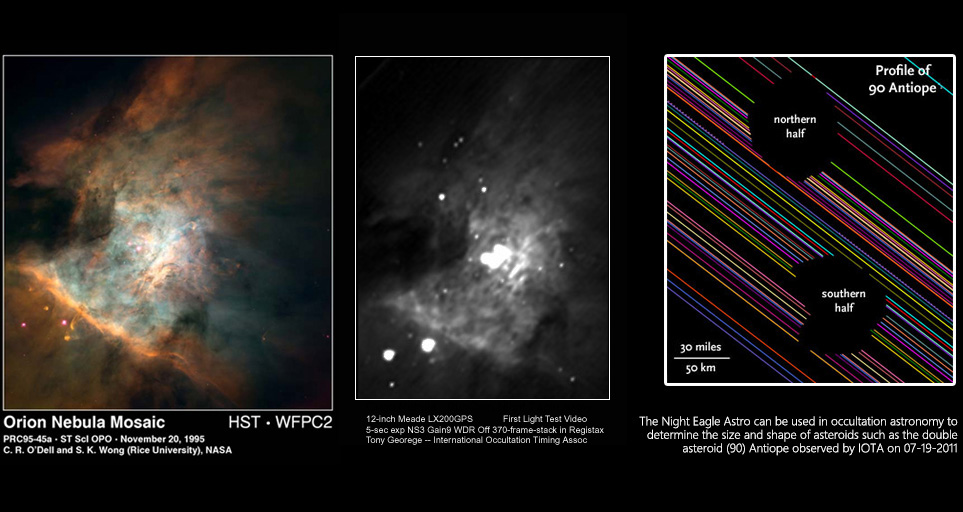- Gain Settings 1-9
- NightShutter speed 1-3
- Brightness settings 8-250
- 3D Noise Reduction (3DNR)
- Low Light Sensitivity 0.000005 Lux@1.2F
- Global WDR
- 800TVL
Need a few accessories to connect your Night Eagle Astro to a telescope? Click here.

Contents in the box

Parameters
| Model | RunCam Night Eagle Astro Edition |
| Image Sensor | 1/1.8" Black & White CMOS Sensor |
| Horizontal Resolution | 800TVL |
| Lens | 140° F2.0 |
| Signal System | NTSC/PAL switchable on OSD menu |
| Synchronization | Internal |
| OSD Set | Yes |
| S/N Ratio | >50dB |
| Night Shutter Speed | NTSC: 2/59.94, 4/59.94, 8/59.94 | PAL: 2/50, 4/50, 8/50 |
| Min.Illumination | 0.000005 Lux@1.2F |
| WDR | Global WDR |
| Day/Night | Only Black & White |
| Video Output | CVBS |
| Power Input | 5-17 VDC |
| Housing Material | Magnesium Alloy |
| Net Weight | 14.5g |
| Dimensions | 26mm * 26mm * 28mm |

 USD
USD
 Euro
Euro
 GBP
GBP
 AUD
AUD



